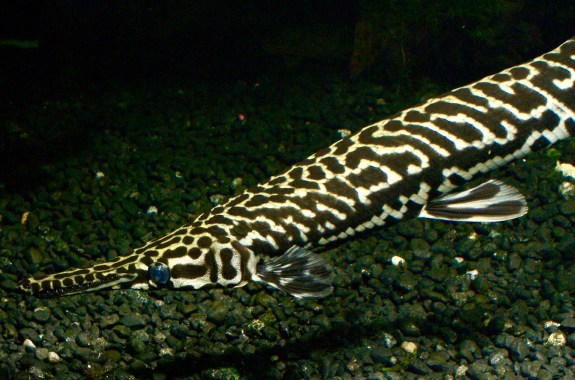As Science Friday’s director and senior producer, Charles Bergquist channels the chaos of a live production studio into something sounding like a radio program. He coordinates in-studio activities each week from 1-4. And then collapses. He also produces pieces for the radio show. His favorite topics involve planetary sciences, chemistry, materials, and shiny things with blinking lights.
Charles has been at Science Friday longer than anyone on staff except Ira, and so serves as a repository of sometimes useful, sometimes useless knowledge about the program. He remembers the time an audience member decided to recite a love poem during a live remote broadcast, the time the whole staff went for ice cream at midnight in Fairbanks, Alaska, and the name of that guy Ira is trying to remember from a few years back who did something with space.
He hails from southeastern Pennsylvania and worked for a while as a demonstrator at the Franklin Institute, Philadelphia’s science museum (favorite devices: Maillardet’s Automaton, the stream table, the Chladni plates). He has a degree in chemistry from the University of Delaware, home of the Fighting Blue Hens, and a master’s in journalism from New York University’s Science, Health, and Environmental Reporting Program. However, he attended the program prior to the addition of ‘Health’ to its name, which may explain his slight unease when covering medical topics.
Outside the walls of Science Friday, he enjoys backpacking, camping, cooking not-entirely-healthy things, reading escapist fiction, and trying to unravel his children’s complicated stories.
17:09
Swimming Sea Lions Teach Engineers About Fluid Dynamics
Understanding how sea lions move through water could help engineers design better underwater vehicles.
17:09
A Strange-Looking Fish, Frozen In Time
A group of fish called gar, dubbed “living fossils,” may have the slowest rate of evolution of any jawed vertebrate.
5:19
How Election Science Can Support Democracy
The Union of Concerned Scientists has unveiled an election science task force led by experts from across the country.
12:13
The Genetic Roots Of Antibiotic Resistance
A survey of soil and animal poop samples from around the world identified 18 new species of Enterococcus bacteria.
12:08
Whale Song Is All In The Larynx
Researchers are working to understand just how baleen whales are able to produce their haunting songs.
17:25
A Young Scientist Uplifts The Needs Of Parkinson’s Patients
Neuroscience graduate student Senegal Alfred Mabry is looking at effects of Parkinson’s disease beyond the most visible body tremors.
12:16
Private Spacecraft Makes Historic Moon Landing
The Odysseus lander, made by Intuitive Machines and launched by SpaceX a week ago, is the first commercial mission to soft-land on the moon.
12:16
How One Invading Ant Species Sent Ripples Through A Food Web
In Kenya, the new species pushed out ants that protected acacia trees. That had cascading effects for elephants, zebras, lions, and buffalo.
16:15
Making Chemistry More Accessible To Blind And Low-Vision People
Scientists are working to make chemical research more accessible to blind and low-vision students through 3D-printed models and modified equipment.
17:09
One Crisis After Another: Designing Cities For Resiliency
The leaders of a global architecture and design firm discuss how design can help communities adapt to global crises.









